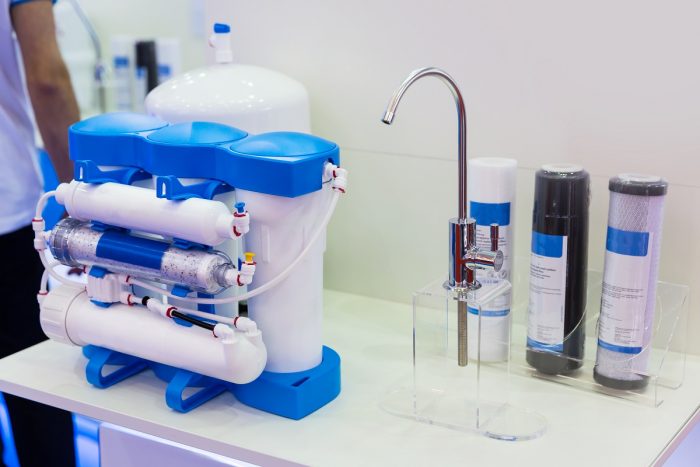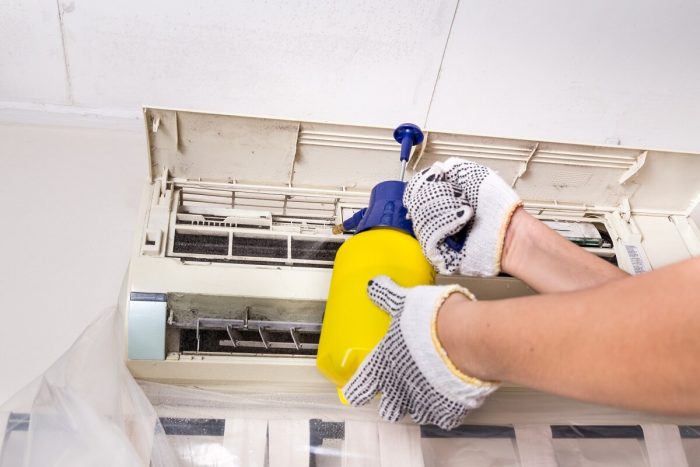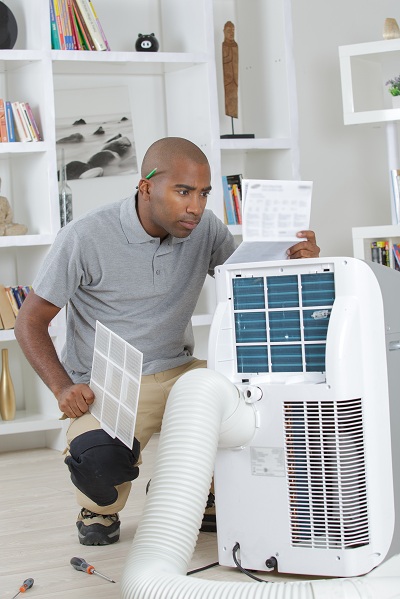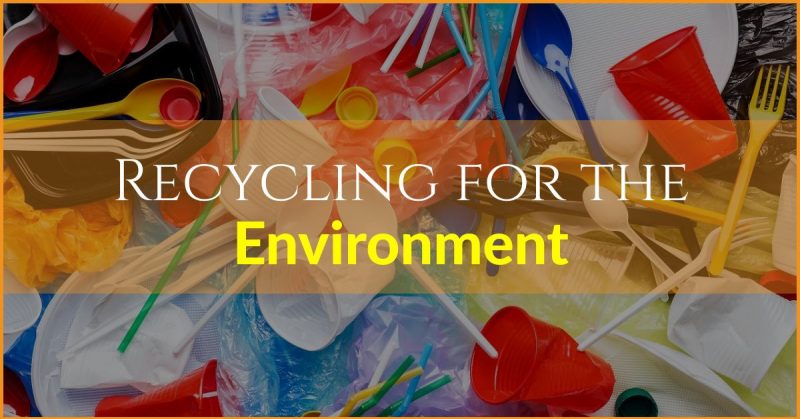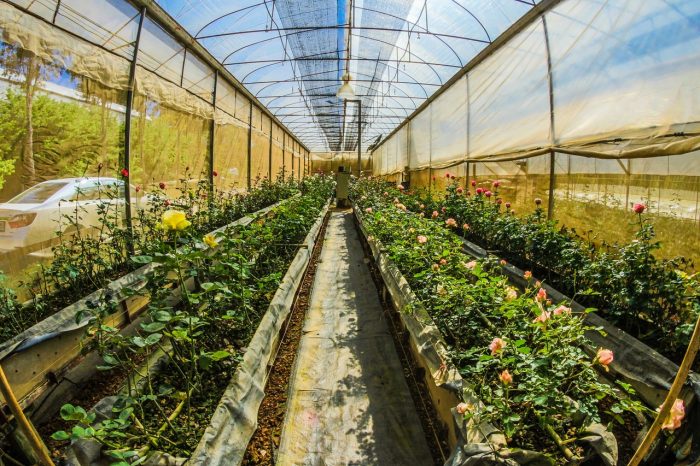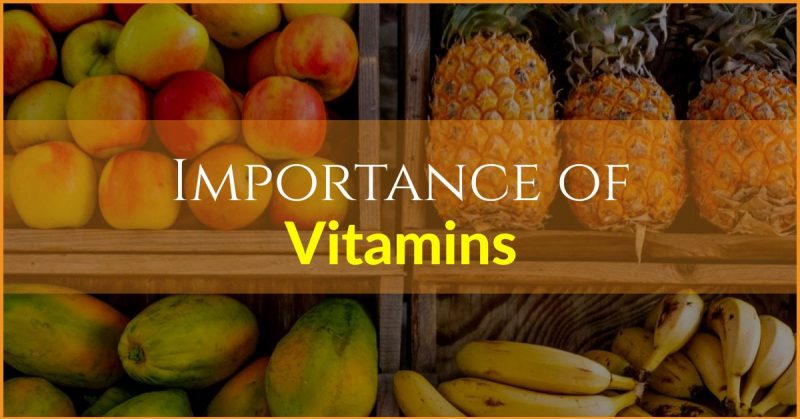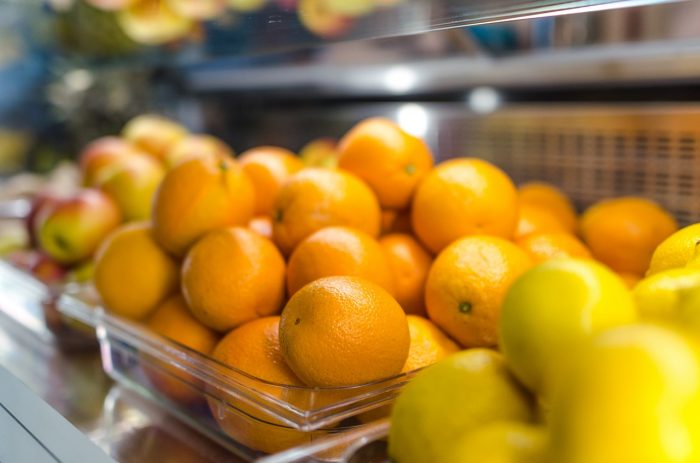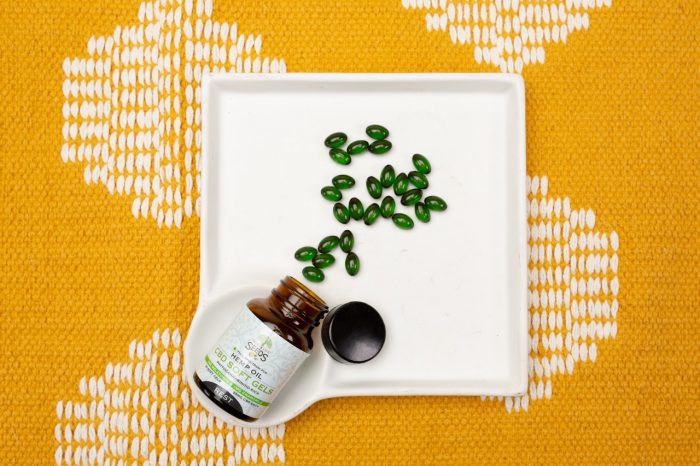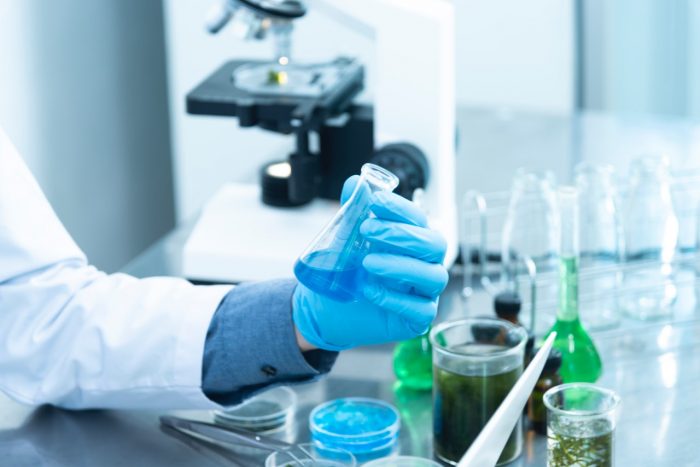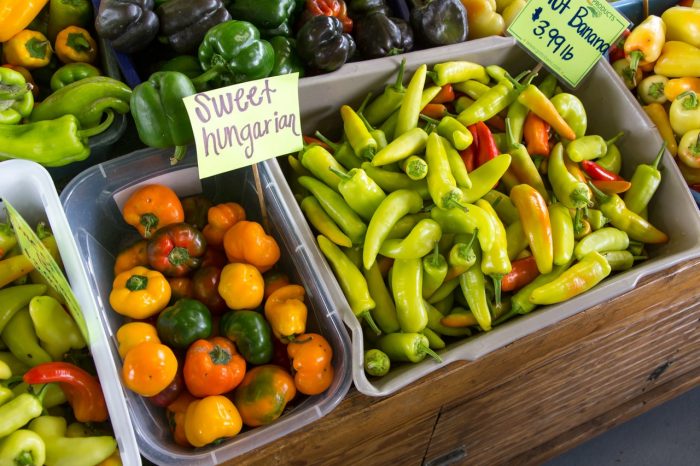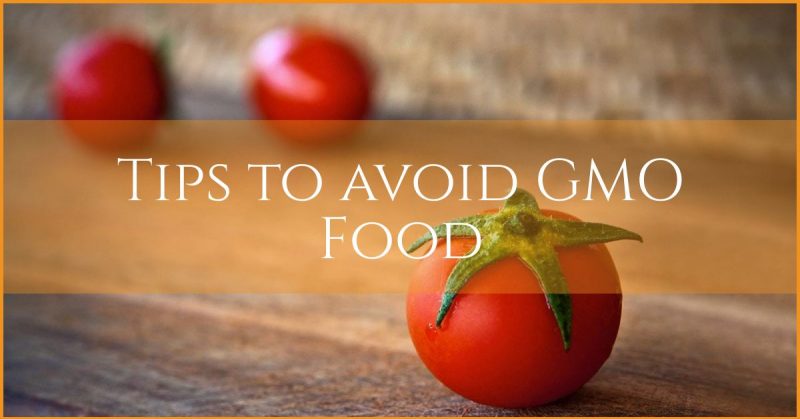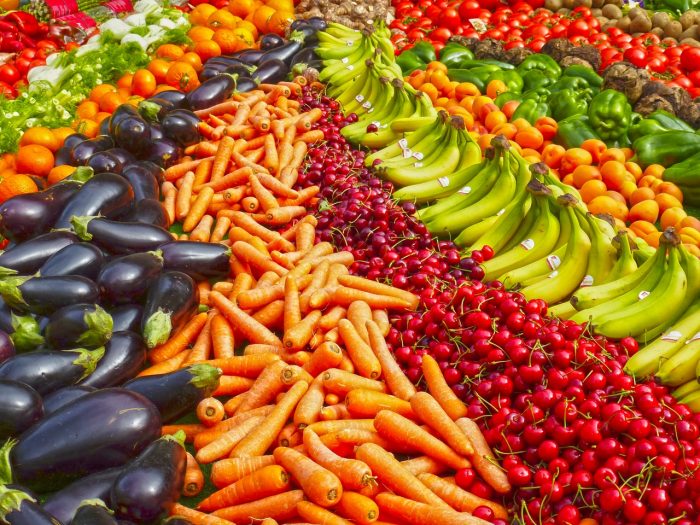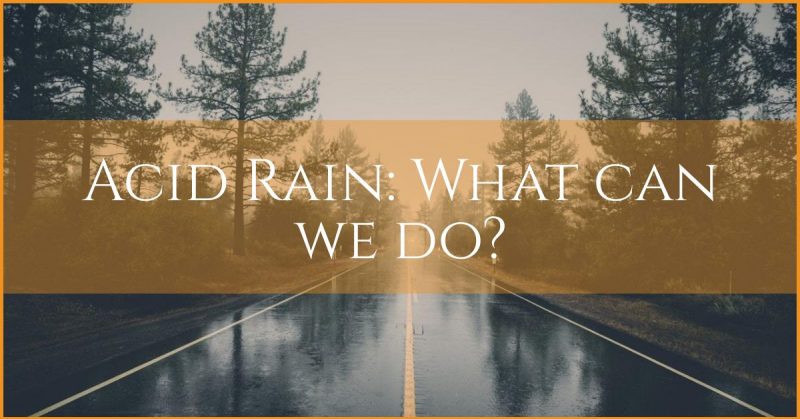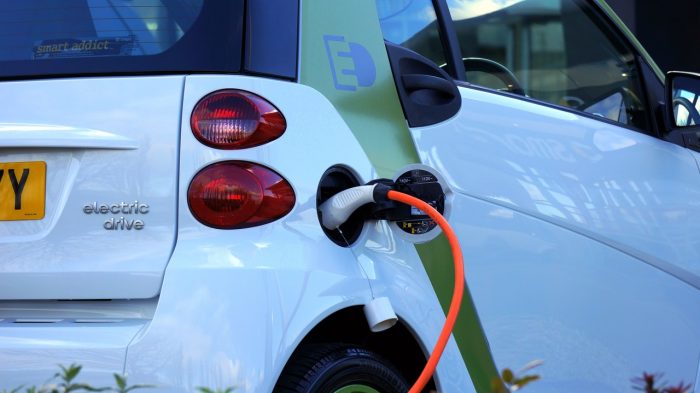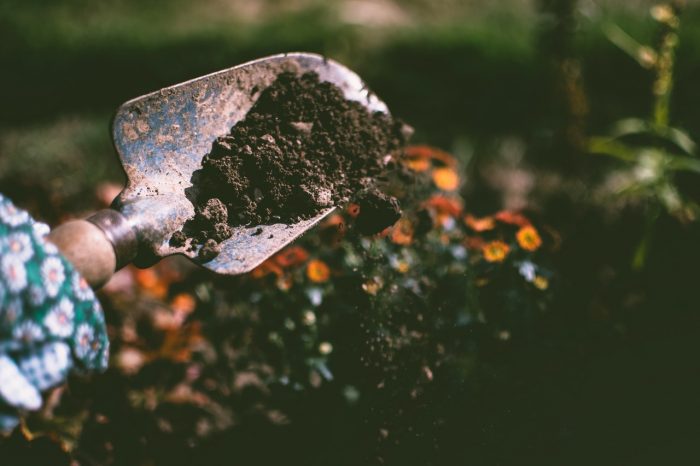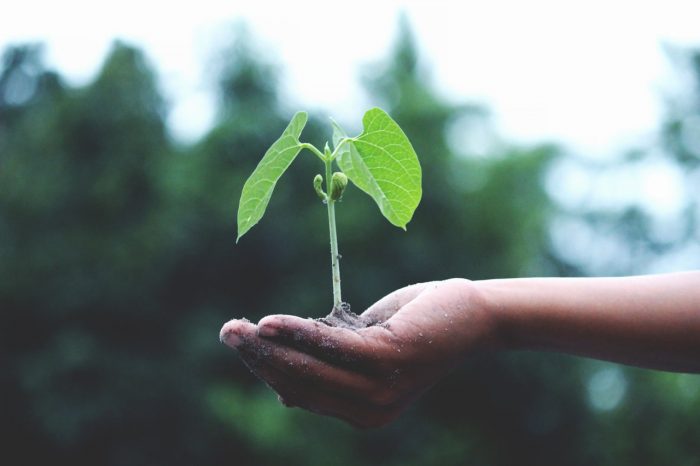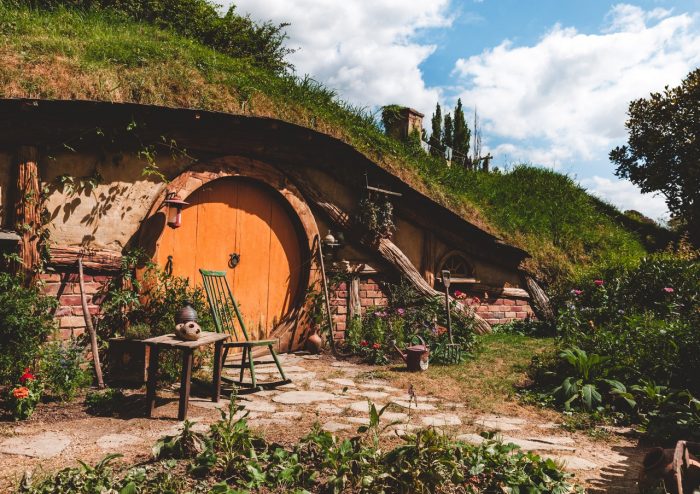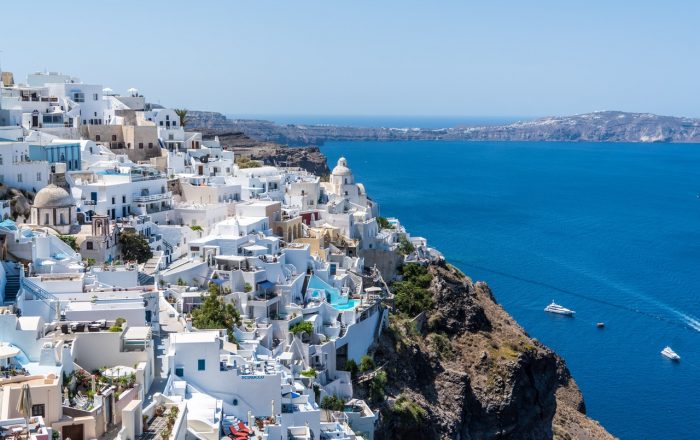The Moringa tree continues to gain popularity across the world as more and more people understand its health and medicinal properties. With this popularity comes the demand and the need to commercialise the plant. This is what has led to the emergence of GMO moringa. But there is still a lot of quality moringa organic powders in the market.
There many concerns that come with genetically modified moringa tree extracts. One of them is a possible reduction in the quantity of some of the major nutrients. Some of the nutrients and bioactive compounds might also be lacking in the GMO moringa. The health and medicinal properties might be inferior to non-GMO moringa.
What Do You Get From Non-GMO Organic Moringa Extracts?
There are many health and medicinal benefits associated with organic moringa extracts. Organic moringa leaves powder can help you treat chronic diseases such as diabetes, high cholesterol, obesity, and high blood pressure, among many others. Unfortunately, you might not get these benefits from the genetically modified moringa.
Here are other benefits of organic moringa you should know:
1. Nourishing And Protecting Skin
Moringa oil is increasingly becoming popular for skin use. With the numerous vitamins, minerals, and bioactive ingredients, the oil is used to nourish and protect the skin from damages. Moringa oil contains proteins that protect hair cells from damages. The bioactive compounds provide protection against free radicals that causes skin cancer and other diseases. Moringa oil also contains detoxifying elements that flush out toxins in skin tissues. Did you know that moringa oil can cure cuts and rashes on the skin? Now you know.

2. Protecting And Nourishing Hair
Moringa is a perfect solution for people struggling with hair loss and split ends. The oil can improve the health of hair by providing powerful nutrients. The oil is rich in proteins, which the food for the hair. The hair follicles need proteins and minerals such as zinc, vitamins A, C and E, and iron, among many nutrients to remain healthy. All these nutrients are found in moringa. The oil also keeps the hair moisturized to protect it from heat and direct sunlight.
3. Healthier Bones
Healthy bones and skeletal system is a shield for the delicate body organs. You need healthy bones for proper movement as well as healthy joints. You need to take a lot of calcium to keep your bones healthy, including your teeth. Most people don’t know that moringa is very rich in calcium and phosphorous. These are the most important nutrients for stronger bones, teeth, and a healthy skeletal system. If you have a broken bone or have been diagnosed with arthritis, add moringa to your diet. With the right amount of moringa, you will get all the calcium you need.
4. Improved Sexual Performance
Sexual performance is one of the most important things in human life. If you want to keep your relationship intact, you must perform well in bed. Having an erection or maintaining it hard is a big problem for some men. Moringa is providing a solution to low sexual performance. It has compounds and nutrients that improve circulation in the body, including in the penis. Moringa also triggers the production of serotonin and dopamine hormone to improve moods. The plant also increases the production of testosterone hormone. All these effects increase the user’s sexual drive.

5. Treating Gut Problems
Gut health is very crucial for the whole well-being of your body. Without a healthy gut, there are many other health problems that might develop. You might get stomach ulcers, gastritis, constipation, obesity, and many others. Most of these problems are caused by unhealthy bacterial and pathogens in the gut. With the many nutrients it offers, moringa powders help to increase the level of friendly bacteria in the gut. The antibiotic and antibacterial properties of moringa powder inhibit the growth of pathogens in the gut. These are the main ways moringa treats gut problems.
6. Preventing And Treating Cancer
Moringa tree leaves and seeds have medicinal properties that prevent the development of cancer. Cancer is believed to be caused by free radicals from things we consume, including food and air. However, the body can flush out these free radicals before they can cause harm. Moringa has a range of antioxidants and detoxifying compounds that helps to flush out free radicals and toxins. For those already diagnosed with cancer, moringa leaves powder has properties that can treat cancer symptoms.
7. Preventing And Treating Diabetes
Type 2 diabetes is one of the chronic diseases affecting millions of people across the world. With no found cure and conventional drugs being too expensive, moringa has become a solution for many. Studies performed on this plant found that it can treat diabetes. There are many ways that moringa extracts can prevent and treat type 2 diabetes. The plant has compounds that keep the pancreas healthy to prevent diabetes. Moringa also keeps the blood sugar balanced to prevent and treat diabetes. There are many other ways moringa can prevent and treat type 2 diabetes.
8. Preventing and Treating HBP
High blood pressure (HBP) is another chronic disease affecting many people. Unfortunately, most people are never aware of the problem because it shows no symptoms. That is why it is referred to as a silent killer disease. High cholesterol is the main cause of HBP. Cholesterol builds up inside blood vessels, and that is what causes high blood pressure. Moringa can get rid of cholesterol in the blood vessel to treat HBP. The plant also inhibits the build-up of cholesterol in the blood vessels to prevent high blood pressure.

9. Treating Mood Disorders
If not attended on time, mood disorder problems can develop into anxiety, stress, or depression. Mood disorders are a mental health condition that triggers the production of more cortisol hormones. They suppress the production of happy hormones like serotonin and dopamine. Moringa treats mood disorders by increasing serotonin and dopamine production These are hormones that improve mood. It also suppresses the production of cortisol.
Conclusion
There are many other health benefits you can get from organic moringa extracts. Whereas the GM variety of the drumsticks tree might be cheaper, the quality of health and medicinal properties is low. If possible, go for non-MGO moringa for maximum benefits.










